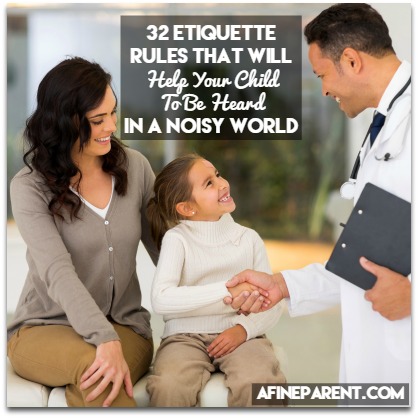 Have you ever wondered what it must be like to be a child in today’s busy grown-up world?
Have you ever wondered what it must be like to be a child in today’s busy grown-up world?
What with the information age and the incessant noise, it is hard enough for grownups to be heard. Can you imagine how much harder it must be for kids?
As an anthropologist, I will tell you this – good manners make it a lot easier to cut through the noise and be heard. Manners are the social glue that allows disparate members of society to come together. Adults need to teach children this language, which is essentially what social etiquette is, so they can communicate with peers and adults in order to give them the most advantages in life.
I have worked the last seven years in Children’s Ministry and Early Childhood Education, and I have observed that adult responses, both positive and negative, are based on basic manners.
I have noticed that even children with conditions or special needs that require extra patience and love from caregivers can elicit consistently positive adult responses and increased patience simply by following basic etiquette rules. My middle child falls into this category, and we have maximized her teachers’ patience by insisting on her use of the communicative language that is etiquette.
All children deserve the very best start in life, and a positive interaction with the adults in their lives helps children develop a healthy self-esteem. This in turn begets more positive interactions, and so on and so forth.
And of course, the opposite is true of negative interactions.
Because of this, giving kids a common language and a set of guidelines to navigate interactions is really giving them the tools to make themselves be heard, nurture faith in their own capabilities and set them up for future success.